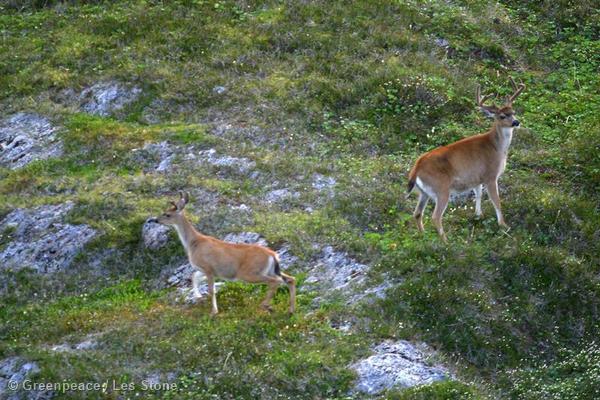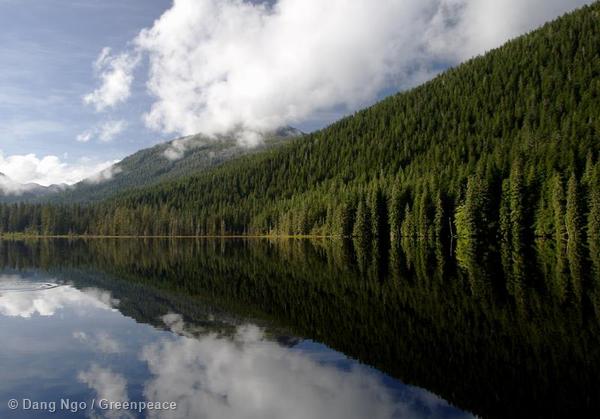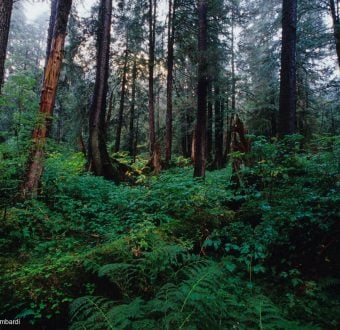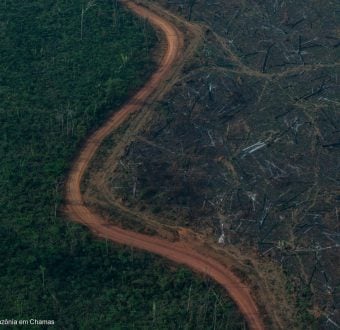The U.S. District Court in Anchorage stopped four Forest Service logging projects in the Tongass National Forest for the second time.
Greenpeace and Cascadia Wildlands, an Oregon-based organization working to protect wild places from Oregon to Alaska, have been litigating these since 2008.
This court decision is a legal win that challenges the Forest Service to go back and consider the deer and wolf populations in the proposed logging locations. This ruling sends the Forest Service back the drawing board to reconsider how to manage the forest in a way that supports both species.
Legal opposition to the Forest Services proposed timber sales has been based on a model the agency uses for determining whether old-growth forest habitat has the ability to sustain deer populations beyond what is needed to support Alexander Archipelago wolf populations and subsistence deer hunting, so that forest could then be sacrificed to logging, a long-term loss of old-growth habitat. The Tongass Forest Plan – the official standards the Forest Service is obligated to follow in planning timber sales – specifies a winter habitat capacity for 18 deer per square mile is the threshold for making this determination. The areas in which the Forest Service planned the four projects already fall far short of that requirement, because of past logging.
READ THE COURT ORDER
This was the second legal action of the week affecting the Alexander Archipelago wolf. On Monday the Center for Biological Diversity, Greenpeace and The Boat Company achieved a settlement with the U.S. Fish & Wildlife Service to advance the agency’s decision date for deciding whether to list the species as threatened or endangered in Southeast Alaska (including the Tongass National Forest) – the only place where it exists – under the Endangered Species Act (ESA).
The three organizations sued the U.S. Fish & Wildlife Service earlier this year because it had planned to delay its decision on the listing at the end of 2017 at the earliest. The ESA requires a decision within one year of when a petition-to-list is filed. The settlement sets the deadline as the last day of 2015.
Greenpeace’s Alaskan Forests Campaigner Larry Edwards said, “This is an important settlement, because now the decision on whether or not to list the Alexander Archipelago wolf as threatened or endangered will be made well before the Forest Service’s next amendments to the Tongass Forest Plan, which will be finalized in August 2016.”





